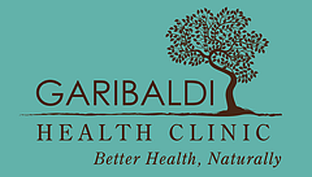Kidney Stones
Ever been party to one of those conversations about what is the worst pain it is possible to experience? While some might plump for toothache and others for tic douloureux (facial neuralgia) or migraine, anyone who has ever suffered a severe kidney stone attack would likely put their experience high on the list.
“Loin to groin” was the old expression, describing the sharp colicky (episodic) pain that usually originates in the kidney area of the flank and radiates downward, lasting up to 24 hours. It is caused less by the stone, which may be stuck in the kidney, bladder or either of the two urethra that connect them, than by the contraction of muscles trying to free the obstruction. Nausea, vomiting, abdominal swelling, fever and chills may also be symptoms.
Unlike gallstones, which are consistent in their composition (mostly cholesterol), kidney stones occur in five different types, each the result of an illness or malfunction in the body. Beginning as tiny grains called renal (kidney) calculi, they can grow by accretion to the size of a grapefruit.
Men are more likely to develop stones than women, usually over age 30, and the condition affects about 6% of the population, a number that is rising because of our high animal protein modern diet. Roughly 50% of cases reoccur within 5-7 years.
Identifying the type of stone is essential to choosing the appropriate therapy, especially in adjusting diets to prevent a reoccurrence. CT scans and the analysis of blood and urine can confirm the presence of kidney stones, and a special kind of X-ray distinguishes between the various types on the basis of opacity and colour.
By far the most common kidney stone is composed of calcium and a form of oxalic acid. Conventional wisdom and common sense have long held that the consumption of too much calcium leads to the development of these stones but, paradoxically, due to chemical reactions too complex to explain here, the reverse is true. Which is good news, of course, for people (especially older women) who must keep their calcium intake high to control osteoporosis (loss of bone density).
As with gallstones, dissolving kidney stones with drugs has only limited success, as does breaking them apart with high energy sound waves (lithotripsy). Surgical removal is a last resort.
Prevention, as always, is the best cure and diet is the key. Limit your intake of refined carbohydrates (baked goods, bread, pasta), alcohol, sugar, animal protein, dairy products, vitamin D and foods high in oxylates (beets, spinach, chard, rhubarb, peanuts, figs, grapes, black tea, coffee, red wine.) If this list sounds like a recipe for starvation, remember: moderation is what’s needed, not abstinence.
On the plus side, eat lots of fiber (whole grains, fruits, vegetables), foods high in magnesium:calcium (barley, bran, buckwheat, oats, avocado, bananas, cashews, sesame seeds), keep your weight in check, exercise, and don’t let stress get to you. Supplements? Vitamin B6, calcium citrate and the botanicals senna, aloe vera and yellowdock all combat the growth of urinary calculi.
Finally, keep your feet on the ground. Astronauts are prone to kidney stones because of an increase in calcium in their blood due to a loss of bone density in zero gravity.
©Dr. Gordon, 2007.

